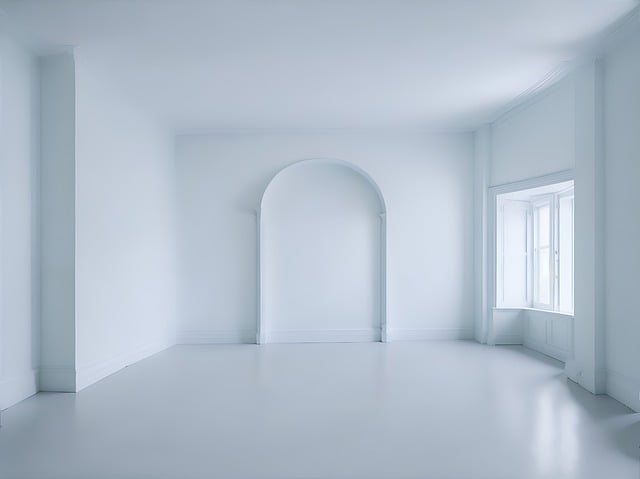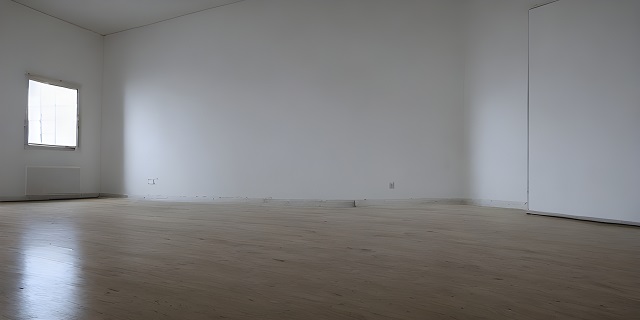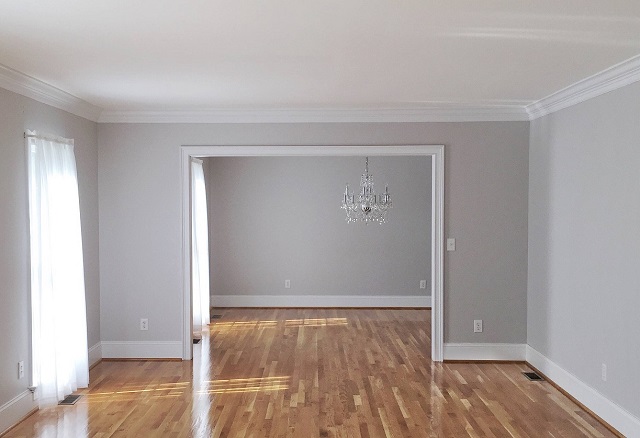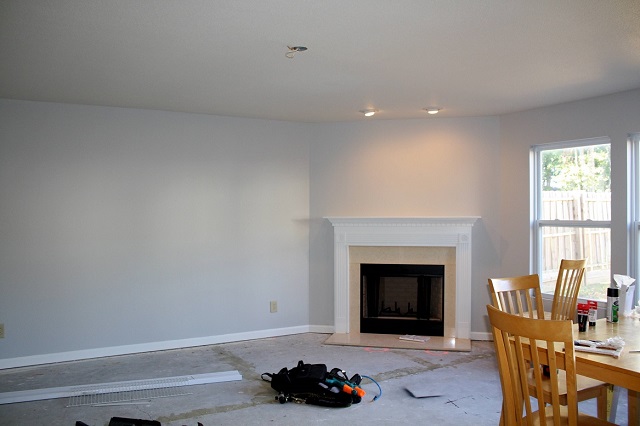Table of Contents
Different types of skim coating materials
One of the most commonly used skim coating materials is a premixed joint compound. This type of skim coat is easy to use and is suitable for a variety of wall repair and plastering projects. It provides a smooth finish and is perfect for covering minor imperfections on walls before painting or wallpapering.
Another popular option for skim coating is a setting-type joint compound. This type of skim coat hardens through a chemical reaction rather than drying out like the premixed version. It is a preferred choice for professional plasterers and contractors due to its strength and durability. Setting-type joint compounds are ideal for skim coating large areas or surfaces that require a thicker application for a flawless finish.
Tools needed for advanced skim coating techniques
When it comes to advanced skim coating techniques, having the right tools is crucial for achieving professional results. Some essential tools for skim coating include a taping knife, joint compound pan, a mud pan, sanding sponge, and a drywall sander. These tools help in applying the skim coat evenly and smoothing out any imperfections on the surface. Additionally, having a good quality paint roller and brush for sealing and protecting your skim coated surface is necessary to ensure a long-lasting finish. Properly maintaining and cleaning your tools after each use will prolong their lifespan and ensure they are ready for your next skim coating project.
Preparing the surface before skim coating
To ensure a successful skim coating process, proper preparation of the surface is crucial. Begin by inspecting the walls for any cracks, holes, or imperfections that may need to be addressed before applying the skim coat. Use a putty knife to gently scrape off any loose paint or debris, and fill in any gaps with a suitable wall repair compound. Allow the compound to dry completely before proceeding to the next step. This initial step will create a smooth and even surface for the skim coat to adhere to, preventing any future issues such as bubbling or peeling.
Next, thoroughly clean the walls to remove any dirt, grease, or dust that may affect the adhesion of the skim coat. Use a damp cloth or sponge with a mild detergent to wipe down the surface, paying special attention to corners and edges. Once the walls are clean and dry, it is recommended to lightly sand the surface to create a slightly rough texture for better adhesion. This step will also help to remove any remaining bumps or rough spots, ensuring a more uniform finish when the skim coat is applied.
Techniques for applying skim coat evenly
To achieve a smooth finish when applying skim coat to surfaces, it is crucial to use the right techniques. Begin by preparing the skim coat mixture according to the manufacturer’s instructions, ensuring it is of the correct consistency for easy application. Using a stainless steel trowel, start applying the skim coat to the wall in a thin, even layer, working from top to bottom. Avoid applying too much pressure, as this can result in uneven thickness and air bubbles in the skim coat.
When spreading the skim coat, use long, smooth strokes to create an even layer across the surface. Remember to feather the edges of each stroke to blend the skim coat seamlessly with the surrounding area. Work in small sections at a time to ensure that the skim coat remains workable and does not dry out too quickly. After each section is coated, use a drywall knife or trowel to flatten and smooth out any excess skim coat, ensuring a uniform finish across the entire surface.
Tips for achieving a smooth finish

For a flawless finish when skim coating, it is important to diligently sand the surface before applying the skim coat. Smooth out any imperfections, bumps, or rough patches on the walls before you start the plastering process. This preparation step is crucial in ensuring that the skim coat adheres properly and evenly across the surface. Take your time with sanding to achieve a seamless base for the skim coating material.
In addition to careful sanding, remember to work in thin, even layers when applying the skim coat. Avoid trying to apply a thick coat in one go, as this can lead to uneven drying and cracking of the plaster. Instead, opt for multiple thin layers, allowing each one to dry fully before adding the next. This method will help you build up a smooth and consistent finish on your walls, giving you professional results in your walls repair project.
Dealing with common skim coating problems
When tackling a skim coating project, encountering certain common problems is almost inevitable. One issue that may arise is the formation of air bubbles in the skim coat. This can occur due to improper mixing of the skim coat material or applying it too thickly in one go. To address this problem, it is essential to ensure that the skim coat material is thoroughly mixed according to the manufacturer’s instructions and to apply thin, even layers to minimize the chances of air bubbles forming. In cases where air bubbles do appear, gently sanding the affected area once the skim coat has dried and applying an additional thin layer can help achieve a smooth finish.
Another challenge that may present itself during skim coating is the occurrence of cracks in the skim coat once it has dried. Cracks can develop due to a variety of factors, such as insufficiently preparing the surface before skim coating or applying the skim coat too thinly. To prevent cracks from forming, it is crucial to properly prepare the surface by repairing any existing damage, such as holes or dents, and applying a suitable primer before skim coating. Additionally, applying the skim coat in multiple thin layers rather than one thick layer can help reduce the likelihood of cracks appearing as the material dries and cures.
How to achieve professional results with skim coating
Achieving professional results with skim coating requires attention to detail and proper technique. When applying the skim coat, ensure that it is spread evenly across the surface using long, smooth strokes. This will help to create a uniform and smooth finish on the walls. Additionally, make sure to feather out the edges of the skim coat to blend it seamlessly with the rest of the wall. By taking the time to apply the skim coat meticulously, you can achieve a professional result that will enhance the appearance of your walls.
Another important aspect of achieving professional results with skim coating is proper preparation of the surface. Before applying the skim coat, make sure the walls are clean, dry, and free of any dust or debris. Any imperfections or cracks should be repaired with plastering or walls repair materials to ensure a smooth and flawless finish. By taking the time to properly prepare the surface, you can create a solid foundation for the skim coat to adhere to, resulting in a professional-looking final product.
Drying and curing times for skim coating
After applying the skim coat, it is essential to allow sufficient time for drying and curing to ensure a durable and smooth finish. The drying time for skim coating can vary depending on factors such as the type of skim coat material used, thickness of the application, and environmental conditions. In general, most skim coat products require at least 24 hours of drying time before the next coat can be applied or before sanding and priming.
Curing times for skim coating are equally crucial to achieve optimal results. Curing refers to the process where the skim coat fully sets and reaches its maximum hardness. It is recommended to allow the skim coat to cure for a minimum of 48 hours before sanding or applying paint. Adequate drying and curing times are essential not only for the aesthetic appeal of the walls but also for the longevity of the skim coat and overall plastering or walls repair project.
Sanding and priming after skim coating
After applying the skim coat to the surface, it is essential to sand it down to achieve a smooth and uniform finish. This step helps in leveling out any imperfections or uneven areas left behind by the plastering process. Using fine-grit sandpaper, gently sand the surface in a circular motion until it feels smooth to the touch. Be sure to wipe away any dust or debris before proceeding to the next step.
Following sanding, priming the skim coated surface is crucial to ensure proper adhesion of the paint and to seal the wall for a flawless final result. Choose a high-quality primer suitable for skim coat surfaces and apply it evenly using a roller or brush. Priming not only enhances the durability of the walls but also helps to prevent paint from soaking unevenly into the skim coat, resulting in a professional-looking finish overall. Make sure to allow sufficient drying time before proceeding with painting the surface.
• After applying the skim coat, sand the surface in a circular motion with fine-grit sandpaper
• Wipe away any dust or debris before moving on to the next step
• Priming the skim coated surface is crucial for proper adhesion of paint and to seal the wall
• Choose a high-quality primer suitable for skim coat surfaces
• Apply primer evenly using a roller or brush
• Priming enhances durability of walls and prevents paint from soaking unevenly into skim coat
• Allow sufficient drying time before painting the surface
Sealing and protecting your skim coated surface
After completing the skim coating process on your walls, it is essential to apply a protective sealant to ensure the longevity of the finish. The sealant acts as a barrier against moisture, dirt, and other external elements that could potentially damage the skim coat over time. Be sure to choose a sealant that is compatible with the type of skim coat you have used to achieve the best results.
In addition to sealing the skim coated surface, it is also important to take steps to protect it from accidental damage or wear and tear. Consider adding a protective topcoat or layer to further enhance the durability of the finish. Regular maintenance and cleaning can also help preserve the look and integrity of the skim coat, keeping your walls looking fresh and smooth for years to come.


